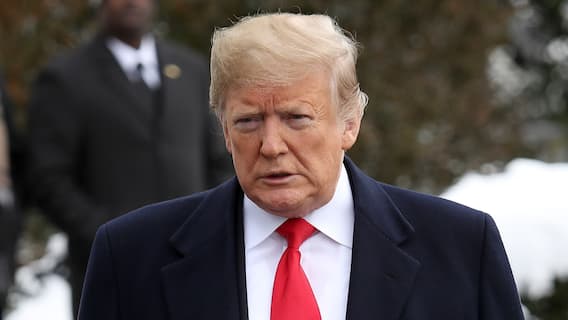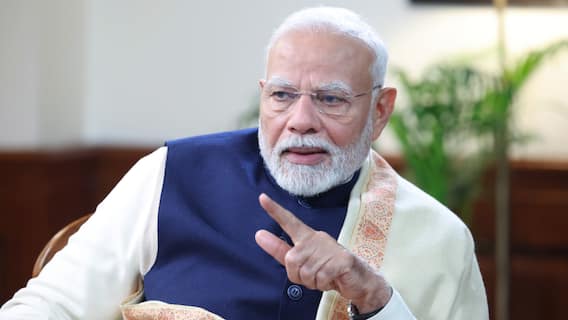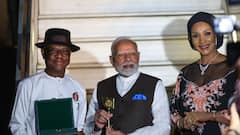Euros To Get Makeover After Consultations, Original Creator Fears Rivalries
The now-retired Robert Kalina expressed his fears that the redesign could spark controversy, he said he worked painstakingly to keep them neutral.

New Delhi: After about 20 years, the Euro banknotes are about to get a new look a change officials hope will make citizens feel closer to the single currency, reported AFP. The original designer, Robert Kalina was working as a graphic designer for the Austrian National Bank when he won a contest in 1996 to create the first-ever euros.
"After 20 years, it's time to review the look of our banknotes to make them more relatable to Europeans of all ages and backgrounds," said European Central Bank president Christine Lagarde.
Though Lagarde said that the euro notes were "here to stay", the bank is also considering creating digital euro in step with other central banks around the globe.
The now-retired Kalina expressed his fears that the redesign could spark controversy and he said he worked painstakingly to keep them neutral.
The ECB will rely on a 19-person panel of experts for the banknote design one from each euro nation and consult the public along the way.
Kalina's designs were initially printed on 14.5 billion banknotes in denominations ranging from five to 500 euros, the report said since the volume of the notes have doubled and has landed in the hands of some 350 million Europeans and many more people around the world.
In the meanwhile, Euro coins, which are minted by euro members, have a shared image on one side and a country-specific one on the other, the report stated. Ireland for instance opted for a harp, France for a tree.
Euro banknotes which are issued by the European Central Bank had to be identical so that there is no national bias. The challenge for Kalina was coming up with illustrations all Europeans could identify with, without stirring nationalist sentiments or appearing to favour one eurozone nation over another, he told AFP.
"The question is whether people have come far enough to accept, for example, famous people being represented", even if they are linked to a particular country, Kalina said.
"Might it perhaps cause jealousy?" he asked, recalling heated debates on the issue in the 1990s.
"Portraits might have been allowed, but only if the faces were anonymous. I excluded that option right away," Kalina said. He decided to focus on architecture when he was designing the notes.
He then suggested that the world of music might be a good place to look for inspiration for the next generation of notes, Kalina mused, since "great composers like Beethoven or Mozart can't be reduced to a single country".
Music "is a language that doesn't require words and one that everyone can understand," he said.
Trending News
Top Headlines






































